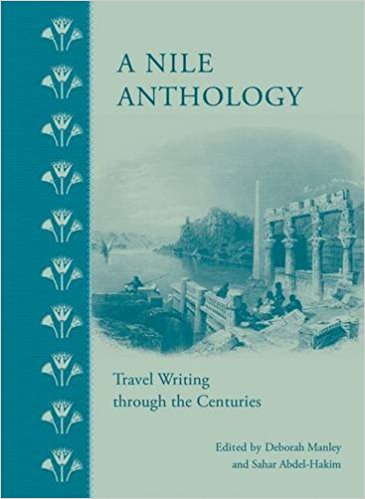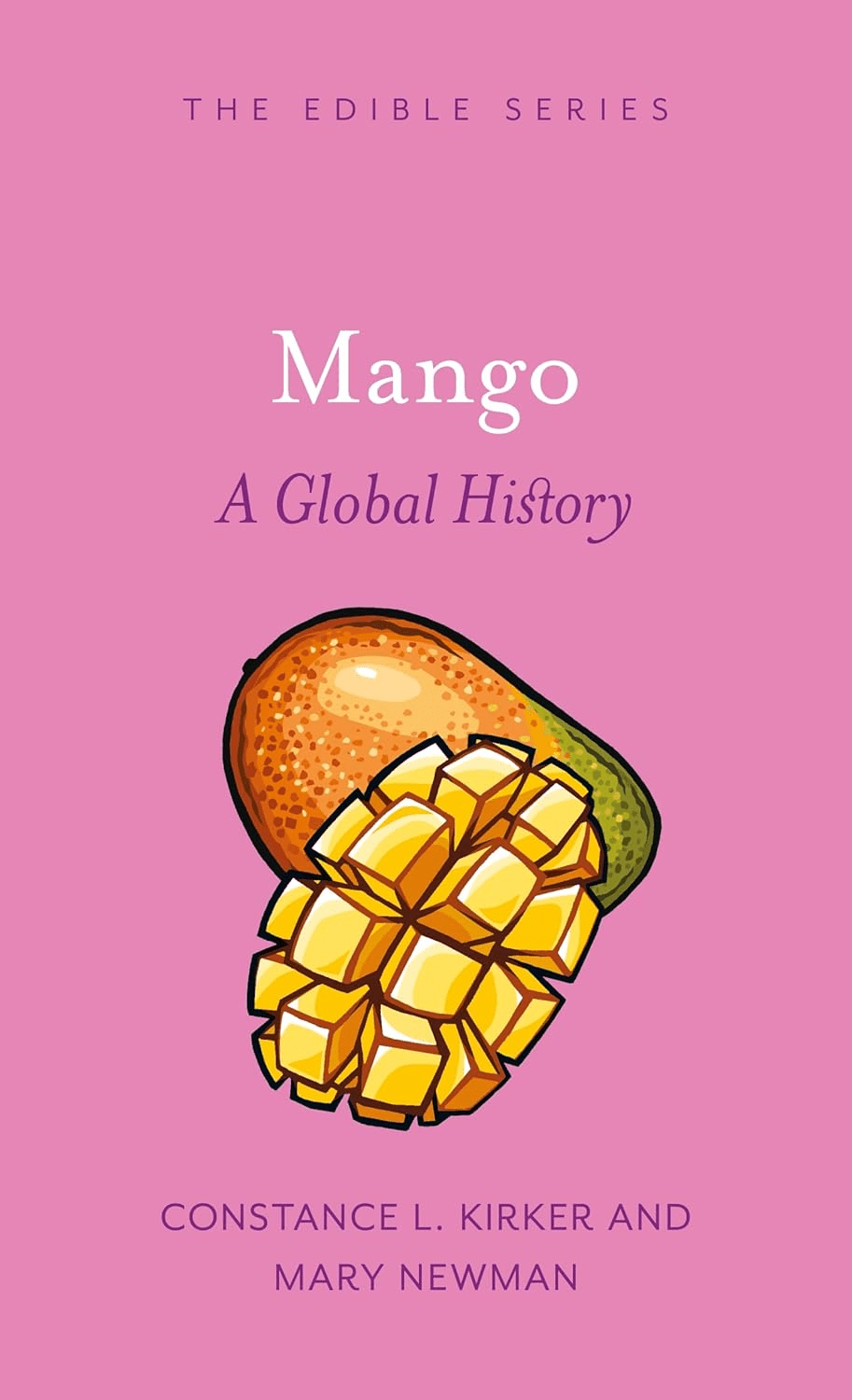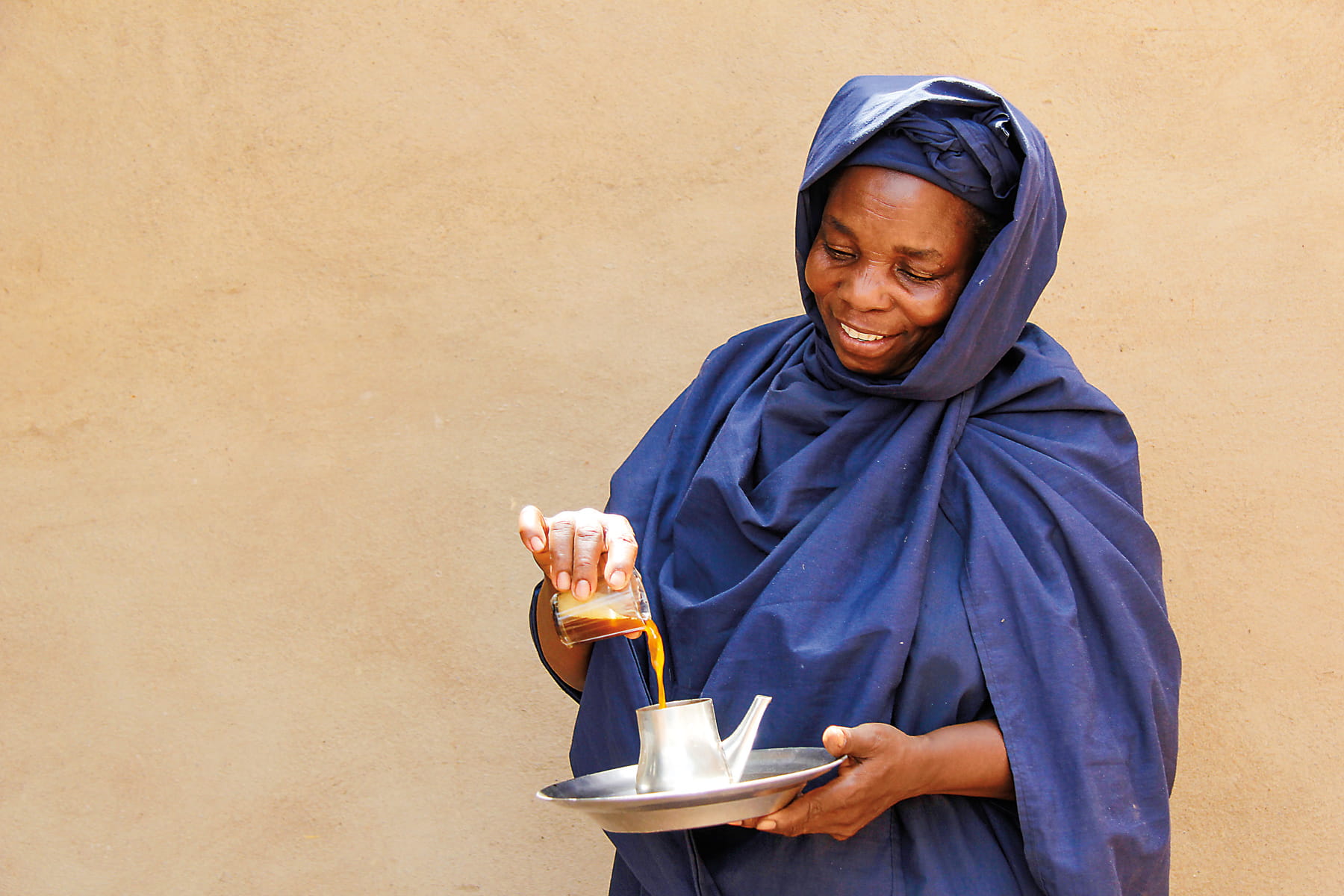
A Nile Anthology: Travel Writing Through the Centuries
Robert W. Lebling
Deborah Manley and Sahar Abdel-Hakim, eds.
2015, AUC Press, 9-789-77416-723-2, $18.95 hb.
Without the Nile, there would be no Egypt as we know it. Sweeping through eastern Africa from south to north, the grand river creates a lush if often narrow ecosystem in a sterile desert, making agriculture, transportation, economy, culture and high civilization possible. When travelers visit Egypt to explore its antiquities and unique present-day attractions, they cannot ignore the Nile. Some visitors choose to travel on the Nile—in the 19th-century aboard four-cabin dahabiyas, in modern times in floating hotels—to see the wonders of Egypt. This book takes readers up the Nile, sharing the impressions and insights of river travelers over the centuries. The oldest is Ibn Haukal, journeying in the 10th century; the most recent is the Deborah Manley, the book’s coeditor, who traveled the river in 1990. In between is a collection of great observers, some famous some not, most from the 18th and 19th centuries, such as Sir Arthur Conan Doyle, Florence Nightingale and Jean-François Champollion. Crocodiles, Nile buffalo and other intriguing wildlife are described with interest and sometimes awe. The archeological treasures along the journey—such as Hermopolis, Luxor’s Karnak and the Valley of the Kings, Philae and Aswan—are studied in affectionate detail, sometimes presenting treasures that have vanished into the mists of time.
You may also be interested in...

Book ‘s Take on Mangos Serves Up a Curious Mix of Food and History
Constance L. Kirker and Mary Newman trace mango’s cultural and culinary significance around the world.
A History of Mali’s National Drink Traces Green Tea—Book Review
By tracing ritual instead of commerce, anthropologist Ute Röschenthaler shows that the story of tea in West Africa involves multidirectional routes and local agency.